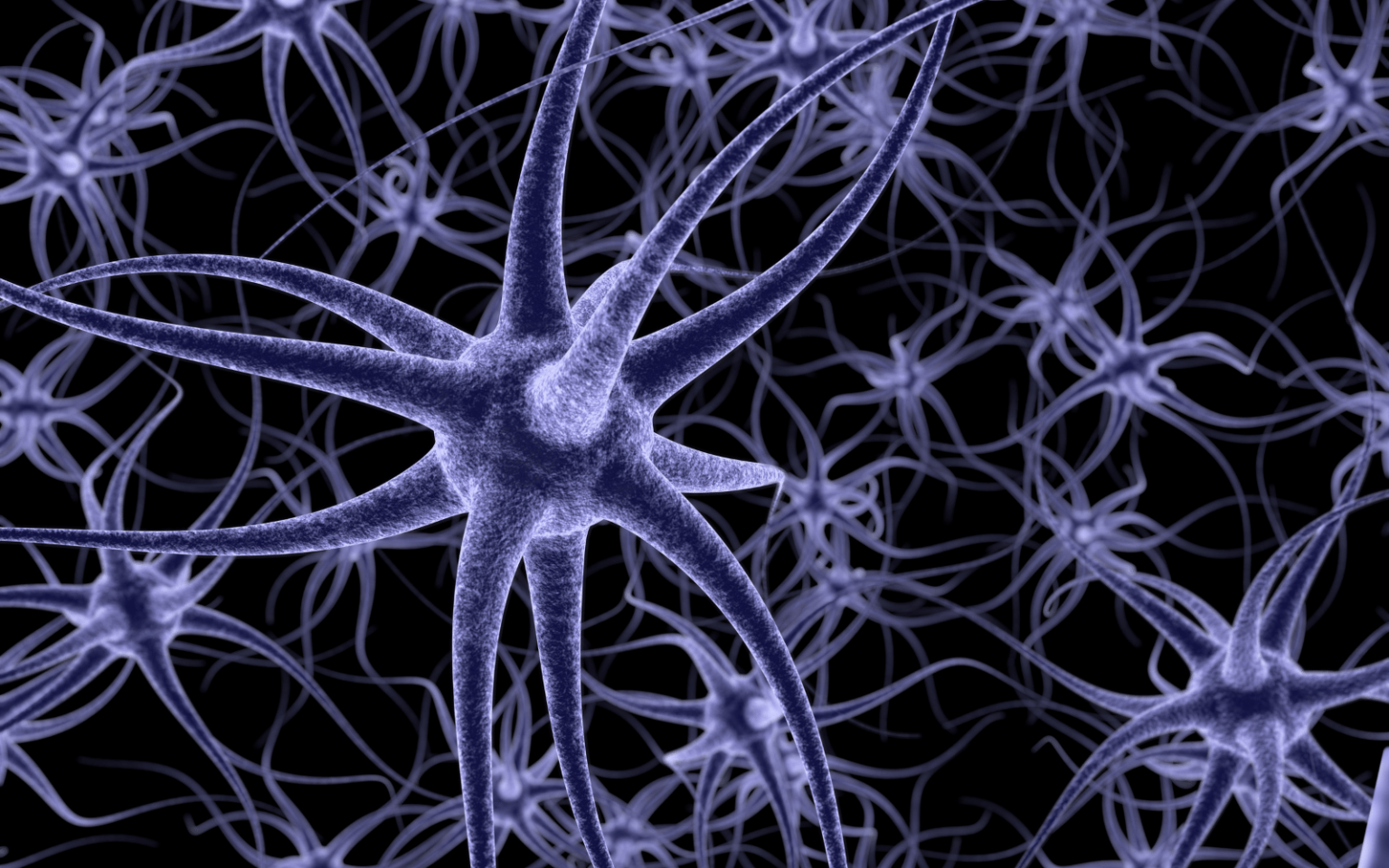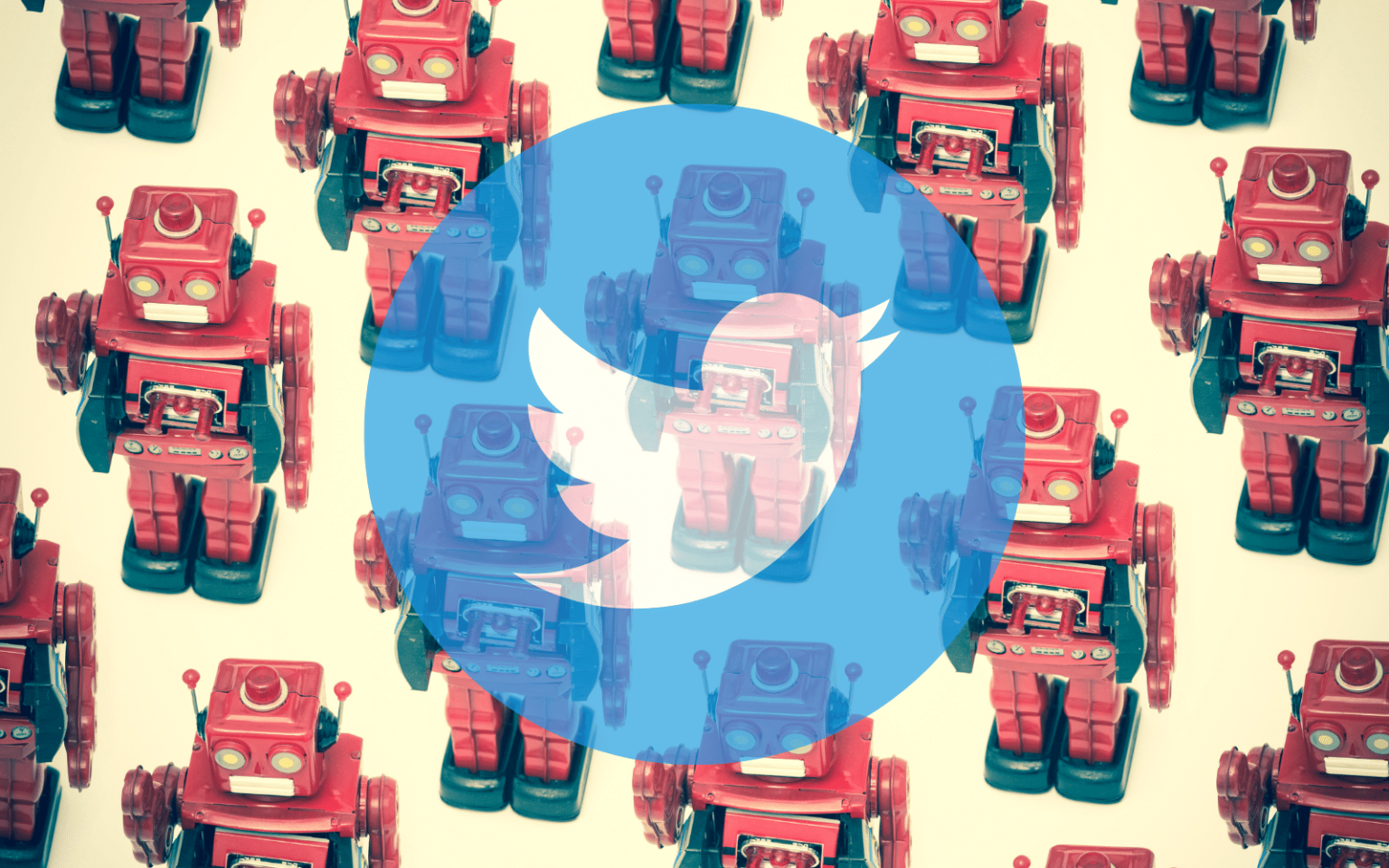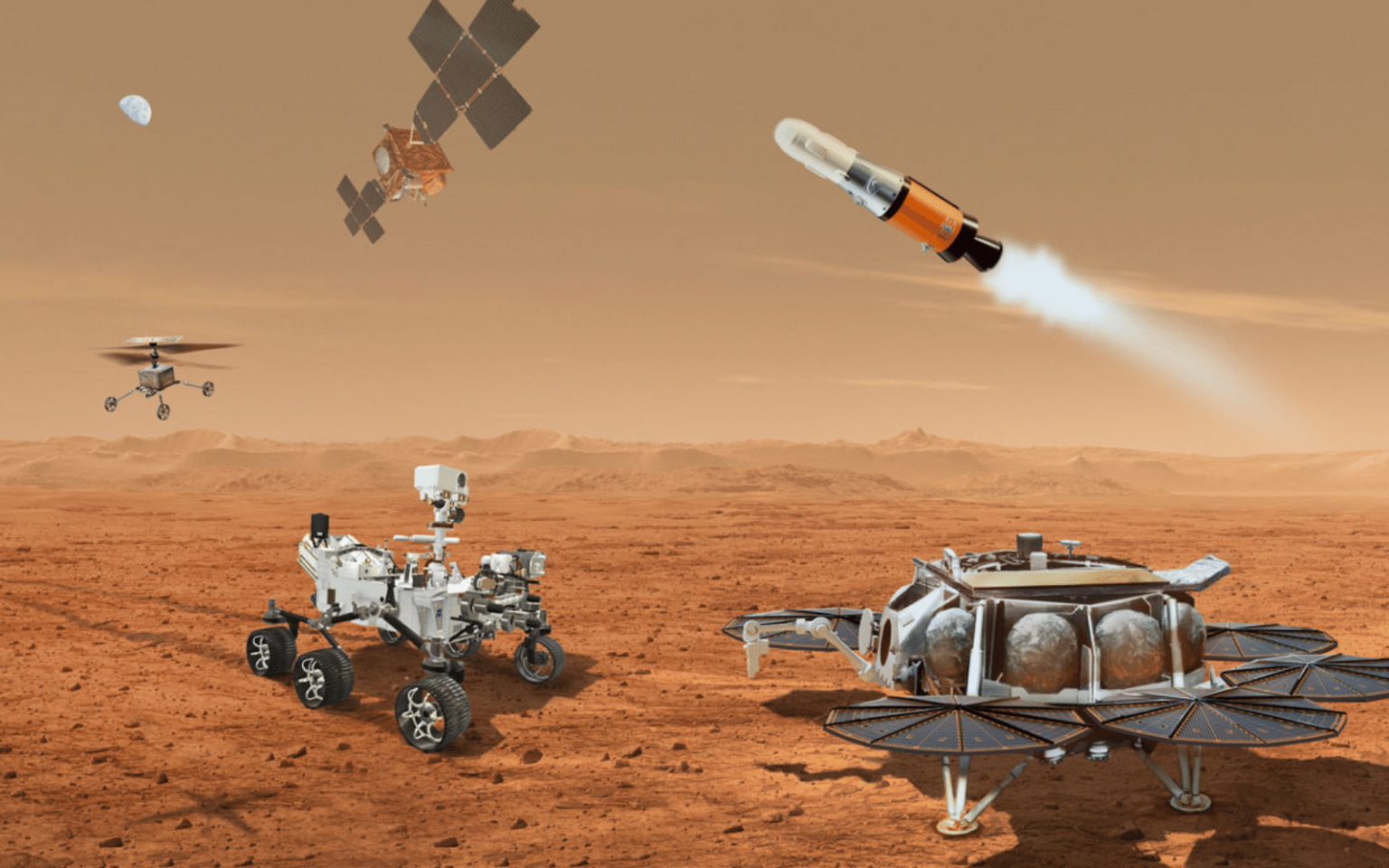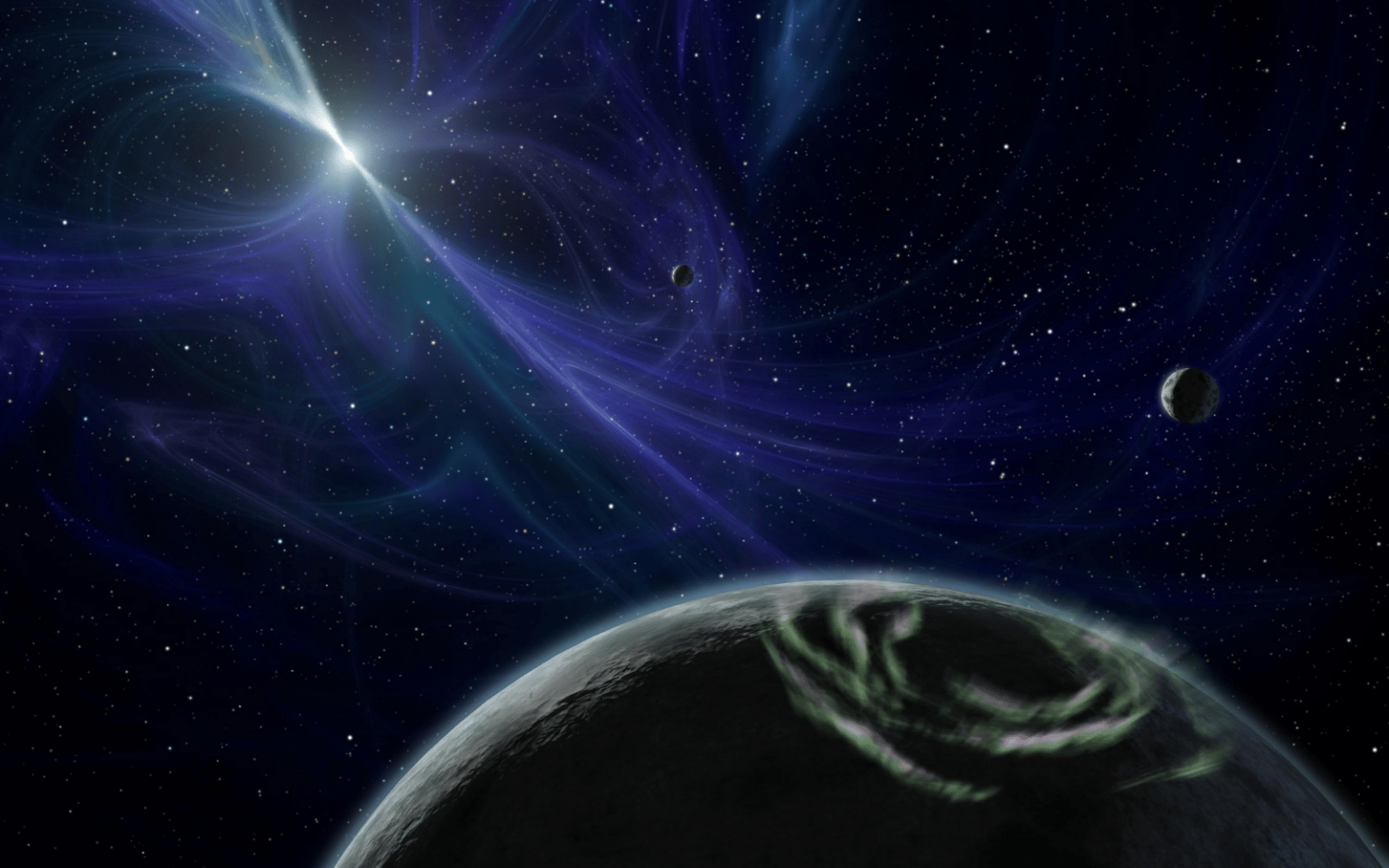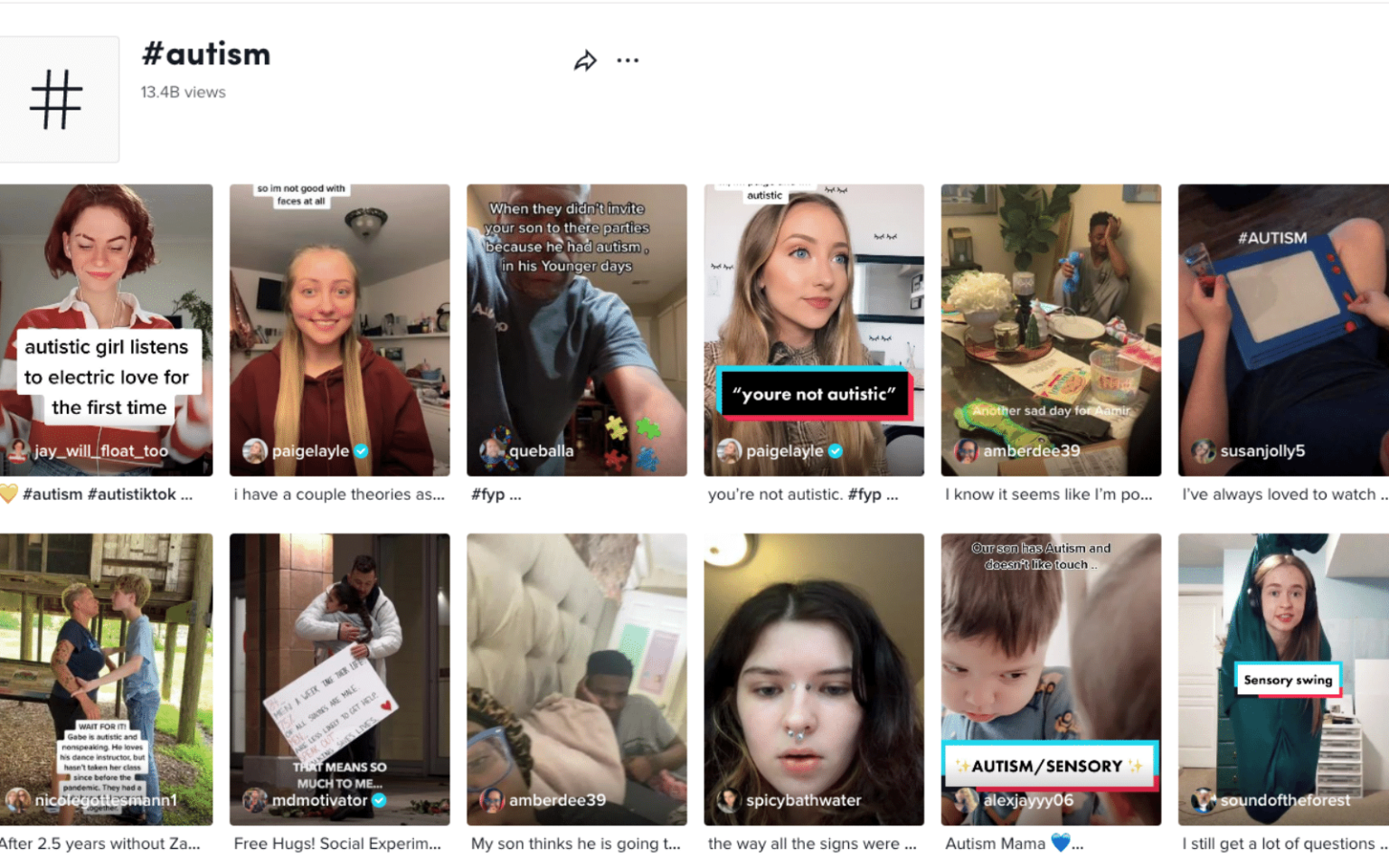The story could have been straight out of science fiction – scientists have grown human brain cells in a lab, and taught them to play the video game Pong, similar to squash or tennis. But this didn’t happen on the big screen. It happened in a lab in Melbourne, Australia, and it raises the fundamental question of the legal status of these so-called neural networks. Are they the property of the team that created them, or do they deserve some kind of special status – or even rights? The reason this question needs to be asked is because the ability to play…
Author: The Conversation
It’s been a week since Elon Musk strode into the Twitter headquarters with a kitchen sink, signalling his official takeover of the company. Having had some time to let the news of his US$44 billion (about A$70 billion) purchase “sink in”, Twitter users are now wondering what he’ll do with the platform. Entering Twitter HQ – let that sink in! pic.twitter.com/D68z4K2wq7 — Elon Musk (@elonmusk) October 26, 2022 What’s Musk going to do with Twitter? After months of trying to walk away from his commitment to buy the platform, and just before entering what was looking to be a long, potentially embarrassing and costly court battle to…
An enormous neutrino observatory buried deep in the Antarctic ice has discovered only the second extra-galactic source of the elusive particles ever found. In results published today in Science, the IceCube collaboration reports the detection of neutrinos from an “active galaxy” called NGC 1068, which lies some 47 million light-years from Earth. How to spot a neutrino Neutrinos are very shy fundamental particles that don’t often interact with anything else. When they were first detected in the 1950s, physicists soon realised they would in some ways be ideal for astronomy. Because neutrinos so rarely have anything to do with other particles,…
Elon Musk announced that “the bird is freed” when his US$44 billion acquisition of Twitter officially closed on Oct. 27, 2022. Some users on the microblogging platform saw this as a reason to fly away. Over the course of the next 48 hours, I saw countless announcements on my Twitter feed from people either leaving the platform or making preparations to leave. The hashtags #GoodbyeTwitter, #TwitterMigration and #Mastodon were trending. The decentralized, open source social network Mastodon gained over 100,000 users in just a few days, according to a user counting bot. As an information scientist who studies online communities, this felt like the…
Tech platforms use recommender algorithms to control society’s key resource: attention. With these algorithms they can quietly demote or hide certain content instead of just blocking or deleting it. This opaque practice is called “shadowbanning”. While platforms will often deny they engage in shadowbanning, there’s plenty of evidence it’s well and truly present. And it’s a problematic form of content moderation that desperately needs oversight. What is shadowbanning? Simply put, shadowbanning is when a platform reduces the visibility of content without alerting the user. The content may still be potentially accessed, but with conditions on how it circulates. It may no longer appear as a…
If you surfed the web this morning, you may have seen news of the latest existential threat to humanity: a “planet killer” asteroid named 2022 AP7. Luckily for us 2022 AP7 “has no chance to hit the Earth currently”, according to Scott Sheppard at the Carnegie Institution for Science. He and his international team of colleagues observed 2022 AP7 in a trio of “rather large” asteroids obscured by the Sun’s glare (the other two don’t pose a risk). 2022 AP7 orbits the Sun every five years, and currently crosses Earth’s orbit when Earth is on the other side of the Sun to it. Eventually…
Hidden in the minerals and textures that make up rocks are clues about how and when they formed and were later altered. These changes can occur due to the presence of water-rich fluids and may also be influenced by biological processes. We are planetary petrologists (rock scientists) and participating scientists on the Mars 2020 Perseverance rover mission. Our research involves exploring and interpreting the data sent back by the Perseverance rover from its landing site in Jezero Crater. A mysterious lake Orbital images show that Jezero Crater was once the site of a standing body of water. It held a lake that was…
All stars, including the Sun, have a finite lifetime. Stars shine by the process of nuclear fusion in which lighter atoms, such as hydrogen, fuse together to create heavier ones. This process releases vast quantities of energy which counteracts the ever-present inward pull of the star’s gravity. Ultimately, fusion helps stars to resist gravitational collapse. This balance of forces is called “hydrostatic equilibrium”. However, there will come a time when the supply of fuel in the core of a star starts to run out and it eventually dies. Stars with more than about eight times the mass of the Sun…
If an alien were to look at Earth, many human technologies – from cell towers to fluorescent light bulbs – could be a beacon signifying the presence of life. We are two astronomers who work on the search for extraterrestrial intelligence – or SETI. In our research, we try to characterize and detect signs of technology originating from beyond Earth. These are called technosignatures. While scanning the sky for a TV broadcast of some extraterrestrial Olympics may sound straightforward, searching for signs of distant, advanced civilizations is a much more nuanced and difficult task than it might seem. Saying ‘hello’ with radios and lasers The modern…
A quick look at some TikTok stats shows more than 38,000 posts under the hashtag #Autism, with more than 200 million views. The hashtag #ActuallyAutistic (which is used in the autism community to highlight content created by, and not about, autistic people) has more than 20,000 posts and 40 million views. TikTok is one of the world’s leading social platforms, and has exploded in popularity at a time when other social media megaliths have struggled. It has become an important channel for expression for its young usership – and this has included giving autistic people a voice and community. It’s a good start. In some…


